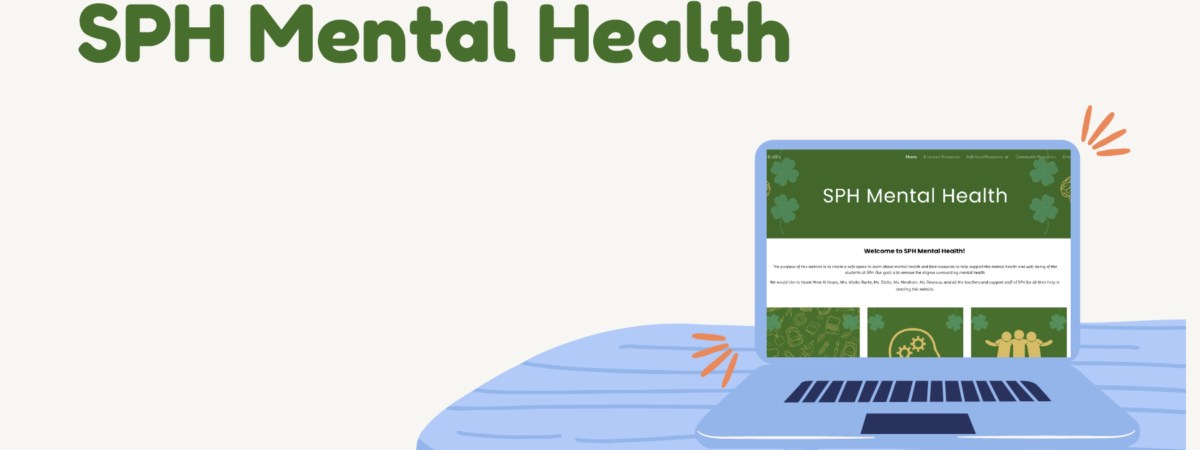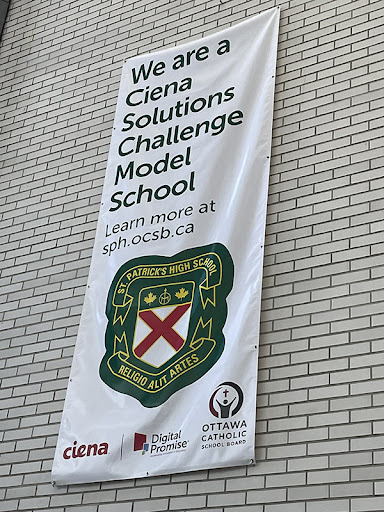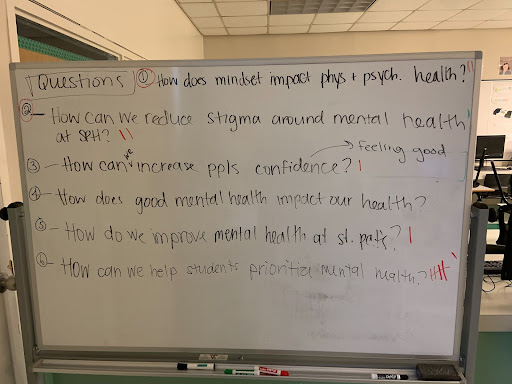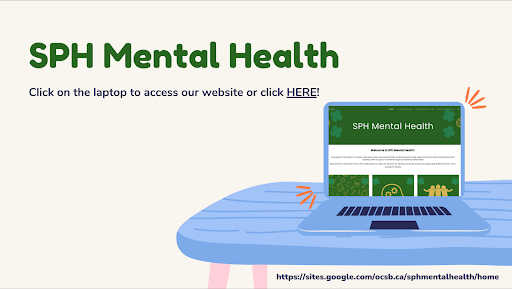
In 2021, Digital Promise teamed up with Ciena to launch the Ciena Solutions Challenge, a global design challenge inviting middle and high school students to design solutions that address the U.N. Sustainable Development Goals within their communities. This blog post is the thirteenth in a series in which educators from around the world share their experiences facilitating the Ciena Solutions Challenge with students. Featured below are lessons from educator Victoria Guerra who facilitated the SPH Mental Health student project team at St. Patrick’s High School in Ottawa, Canada.
As educators, we are always looking for innovative ways to engage our students in their learning. When students are able to make connections between curriculum and the world around them, it makes their learning more tangible and applicable. It answers the questions of “Why are we learning this?” and “How is this useful?” The Ciena Solutions Challenge along with Challenge Based Learning (CBL) was the perfect way for my students to reach curriculum objectives and create positive change in their community.

Banner recognizing St Patrick’s High School as a Ciena Solutions Challenge Model School.
When I first agreed to take this on, I had so many questions. How would the Challenge and CBL align with my current pedagogical practice? Would all of the all students be successful at the tasks they took on? I quickly realized that CBL and the Challenge were very much in line with my beliefs as an educator and my pedagogical approach, which is rooted in deep learning and developing 21st century learners. This approach allows students to create, connect, and use information in a variety of creative ways through learning partnerships, learning environments, effective teaching, and technology. Sounds pretty much in line with CBL and the Challenge, right? Turns out, it was!
From the moment the Challenge began, I implemented a few different teaching strategies, which I’ll outline below, that allowed for its successful completion.
As we began brainstorming which Sustainable Development Goal (SDG) to focus on, I began to employ “cooperative learning.” This teaching strategy allows students to engage with one another all while maintaining a level of individual responsibility. Cooperative learning played an integral role in the ‘engage’ phase of the project. Students were able to work together when brainstorming which SDG to focus on, come up with an essential question for our project, and identify their existing knowledge through our Discuss and Notice activities. While these activities required cooperation, they also required effort on an individual level. This set the tone for a collaborative learning environment which carried through as we transitioned into the Investigate and Act phases of the Challenge. As the project progressed, it was great to see the room buzzing with students working independently on a task, running into an obstacle, turning to their peers, and then problem solving together.

Students brainstormed which SDG to focus on and came up with an essential question for our project.
This cooperative approach to learning worked harmoniously with the second teaching strategy used, “inquiry-based learning.” Due to time constraints in our pandemic-adapted classroom, students worked generally to ask questions, gather information, interpret this information, and communicate their findings with their peers (rather than following a more rigid inquiry). This process was pivotal in the Investigate stage. Students used the inquiry cycle to ask and answer questions related to mental health including, “How does mental health impact physical health?” and “What strategies can teens use to promote their mental health?”. It was through this strategy that we learned about mental health and leveraged learning partnerships with guidance counselors, addiction counselors, and mental health workers to help us complete our inquiries. This strategy ultimately enabled students to ask the questions they were curious about, put the information they gathered into their own words, and think critically about how they could address their essential question in the next stage.
One of my favorite moments working on the challenge came towards the end of the project when students were working away on creating their website and I was able to step back and take in the moment. As I stood in the middle of the room, every student was doing something, a task big or small, that was meaningful to the project….they were all experiencing success in some way or another and it was evident from the buzz of energy in the room – Victoria Guerra
As we moved into the Action stage, I focused on implementing “differentiated instruction.” This came so naturally as students were able to engage with tasks that were suited to their abilities and readiness. Since the tasks were so flexible, learning and demonstration of learning could be completely personalized to the student. For example, some students chose to create a website, some students focused on the written content, others focused on mastering technology to create and edit videos, and others focused on the more visually creative aspects (e.g. website design, infographics). I made sure that I was able to differentiate different aspects of the content, process, and products that we were working toward creating.

Participants created a website for the St. Patrick’s High School community to learn about mental health and find resources that support the mental health and well-being of students and faculty.
If I were to take on the Challenge again, something I would do differently is to not be so caught up in having every single moment planned…I really pushed myself to adopt the mindset of a partner in learning. Here, I was able to experience firsthand the benefit of letting students take the lead by leaning into student voice.
The Ciena Solutions Challenge and CBL were a worthwhile adventure to take on. The outcomes for students go beyond their success in the classroom. They have developed skills and partnerships that will benefit them well beyond their schooling years. I cannot recommend this experience enough to any educator looking to take on a challenge!